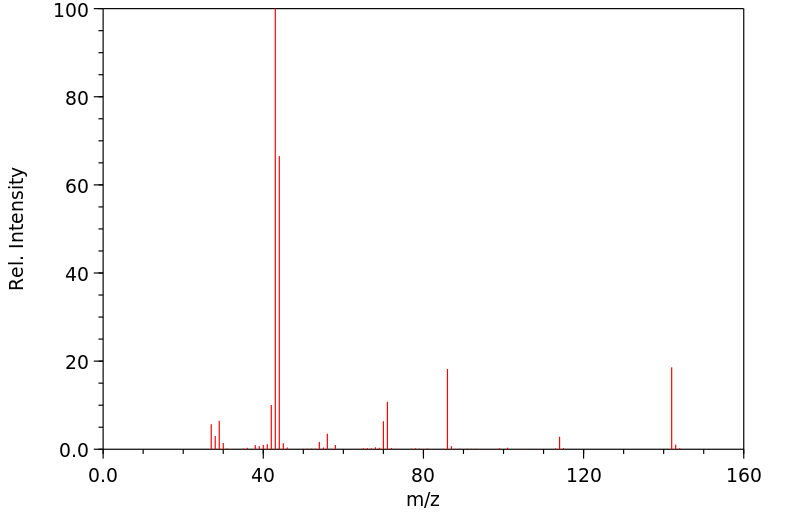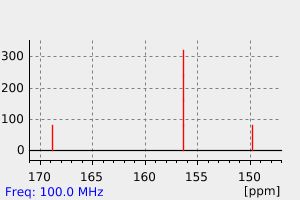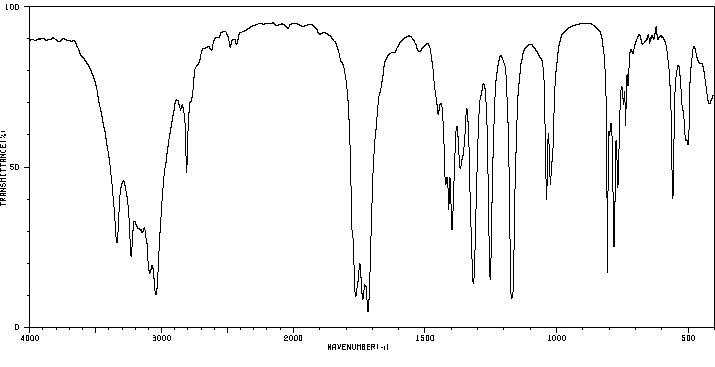代谢
尿密啶酸是由于戊糖还原而形成的。然后,它被再次氧化回到戊糖,从而建立了一个用于生成超氧阴离子自由基的氧化还原循环。戊糖与尿密啶酸之间的反应是一个形成中间戊糖自由基和一种最大吸收峰在305 nm的未知化合物的过程。后者在戊糖被GSH还原时出现。......活性氧种类的一个靶标是胰腺胰岛的DNA。
Dialuric acid is formed as a result of alloxan reduction. It is then re-oxidized back to alloxan establishing a redox cycle for the generation of superoxide radicals. The reaction between alloxan and dialuric acid is a process in which intermediate alloxan radicals and an unidentified compound with a maximum absorption at 305 nm is formed. The latter appears when alloxan is reduced by GSH. ... One of the targets of the reactive oxygen species is DNA of pancreatic islets.
来源:Hazardous Substances Data Bank (HSDB)









